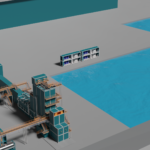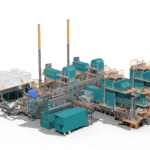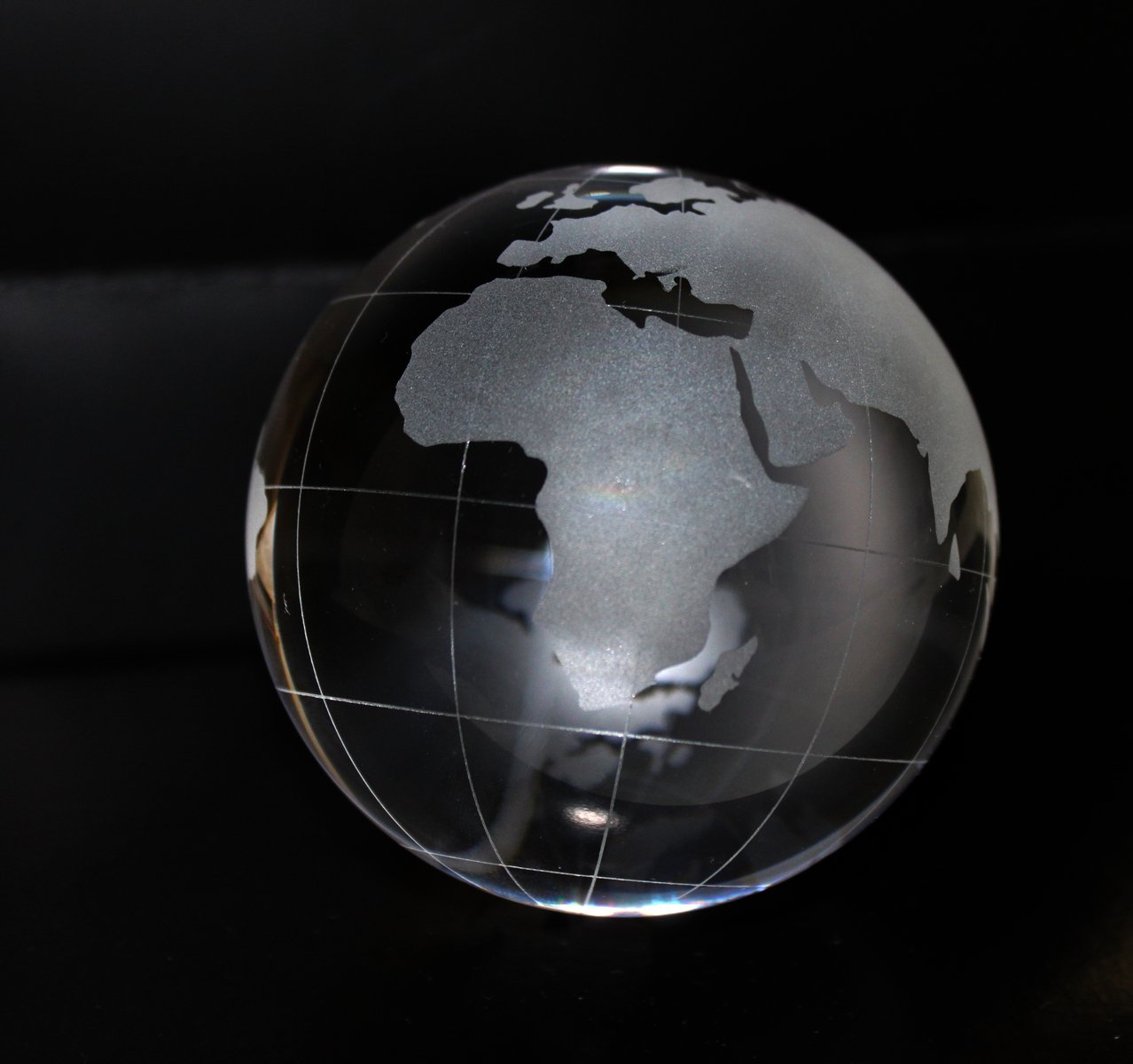WOIMA DECENTRALIZED W2E POWER GENERATION – CASE STUDY NAIROBI KENYA
WOIMA did a detailed research study using latest simulation tools for its decentralized W2E power genaration solution in Nairobi against the centralized solution and the study results prove what we already know, the decentralized model brings significant savings up to several million euro’s per year. The total savings of the decentralized waste management and power generation model compared to the centralized one are a combination of transportation savings and power transmission savings, not to mention also the carbon emission savings which are significant as well.
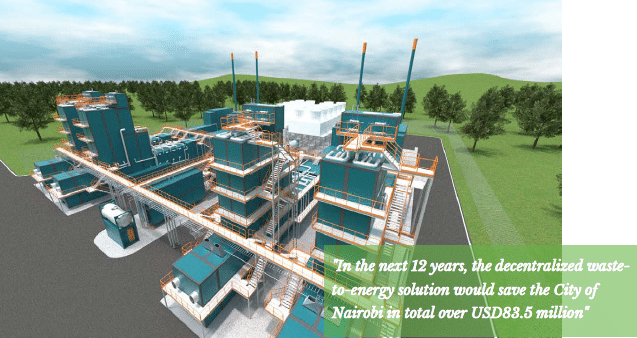
The study compares two waste-to-energy scenarios in Nairobi City
1. One centralized waste-to-energy facility (Dandora landfill)
2. Decentralized model, where smaller W2E facilities are built in six locations close to where the solid waste is generated
The key questions in the study were
1. What are the waste transportation savings?
2. What are the power transmission savings?
3. What are the carbon emission savings?
Two points in time (2018 and 2030) are selected to emphasize the significance of growth in population and energy demand.
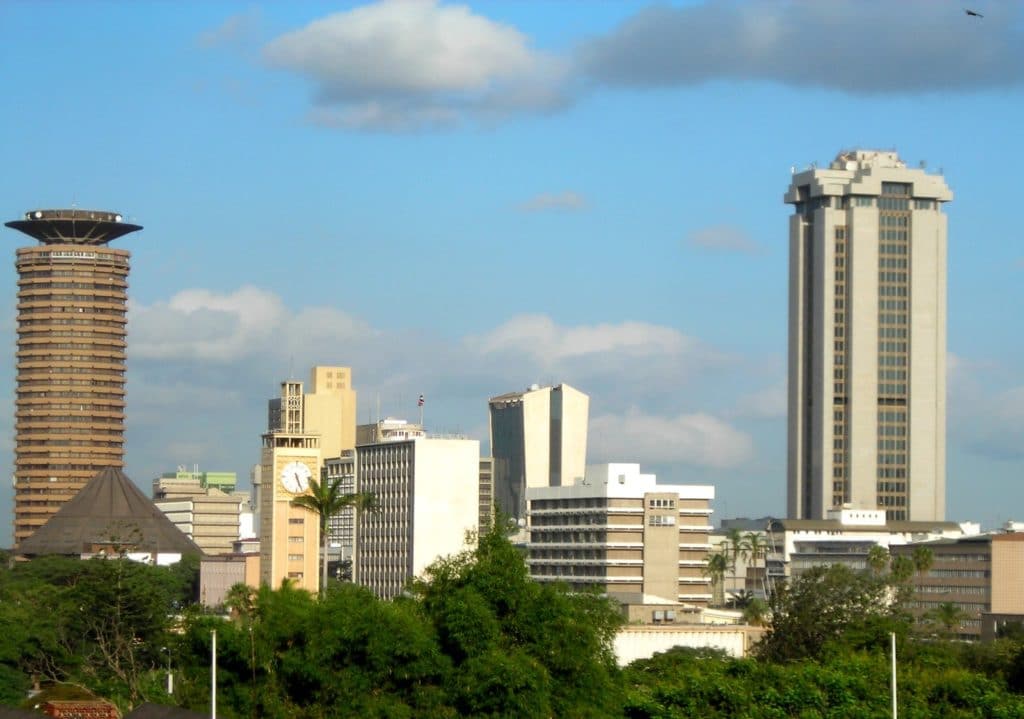
Key findings for transportation
The transportation savings between the centralized and decentralized waste-to-energy solutions are directly attributable to the shorter routes
• less fuel consumption
• less working hours
• less vehicles
• less maintenance
Savings in Carbon emissions
The transportation sector generates the largest share of global greenhouse gas emissions; 28.5%. The CO2 emissions resulting from the use of fossil fuels in the waste trucks in Nairobi add up to 2,220 tons in the centralized model and 1,052 tons in the decentralized model in 2018. In 2030, the annual figures are 3,475 and 1,705 tons, respectively.
Key findings in energy transmission
The Kenyan power transmission network around Nairobi is currently operating at its full capacity. Any major power plant development project will need build its own transmission lines to connect to the country’s power transmission network. A centralized waste-to-energy power plant in Dandora capable of generating 60 MW of electricity would face severe space issues in where to locate the plant itself, its transformer field and how to route the transmission lines through the heavily populated surroundings. The decentralized W2E plants could connect directly to the local substations with no additional costs to the City and simultaneously improve the power availability in the sub-counties.

The decentralized waste-to-energy model is not only a financially sound solution, but it also generates several other tangible and intangible benefits, such as
• increased recycling to save virgin raw materials
• higher waste collection rates at decreasing cost
• more flexibility in the waste collection and transportation
• significantly reduced water, land and air pollution attributable to waste
• positive health implications with less vermin and rodents
• visual benefits due to less waste deposits
Please find the detailed report from this link: Case Nairobi – WOIMA decentralized W2E Solution
Consult us for a total solution, such study can be easily conducted in Your city. We see that most cities with population >500 000 are a good fit for the decentralized solution. We have the tools and know-how to conduct such a study with short period of time.
Please get in touch with us or with our regional contacts.

